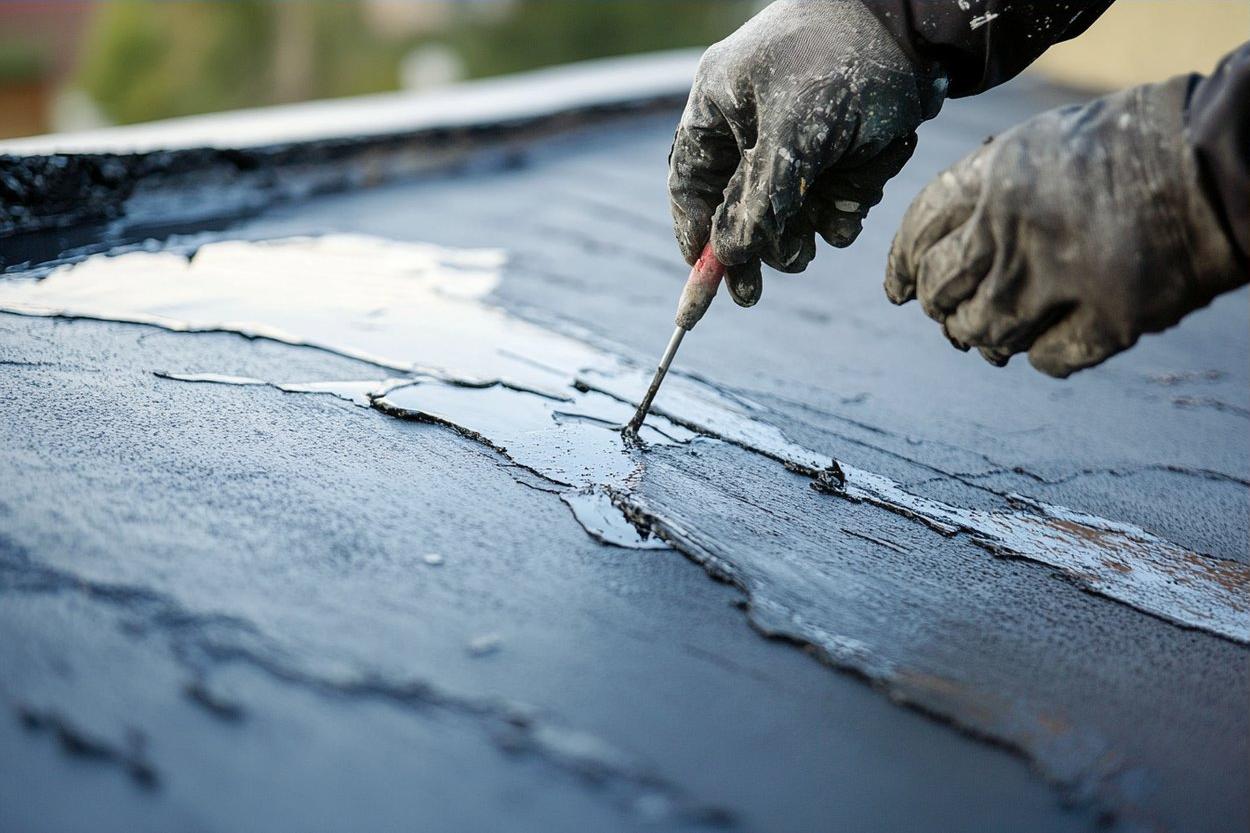Budgeting and Scheduling for a Durable Low-Slope Roof Overhaul
Planning a durable low-slope roof overhaul requires a realistic budget and a clear schedule tied to inspection, weather windows, and material lead times. This short overview highlights the financial and timing considerations property managers and building owners should prioritize when addressing waterproofing, insulation, drainage, and long-term maintenance for roofs with minimal slope.

Initial planning for a low-slope roof overhaul should begin with a concise scope and realistic timeline that reflect the building’s usage, local services availability, and weather patterns. Early-stage tasks include a thorough inspection of the substrate, seams, flashing, and parapet conditions to identify failures and prioritize repairs. Establishing milestones—inspection, demolition, substrate repair, membrane and insulation installation, sealant and flashing details, and final drainage testing—helps synchronize crews and suppliers. Scheduling must account for curing and adhesion times for sealants and membranes, and for thermal considerations when working in very hot or cold conditions.
Waterproofing and membrane selection?
Choosing an appropriate waterproofing approach and membrane determines both upfront cost and longevity. Single-ply membranes, modified bitumen, and liquid-applied membranes each have installation nuances: detailing at parapets, flashing, and drains differs and affects labor hours. Installer experience with seams and substrate prep is critical to avoid premature failures. When budgeting, include membrane warranties and required maintenance tasks that maintain waterproofing integrity. Coordination with local services for material delivery and experienced crews reduces rework and schedule slips, particularly when membrane adhesives require specific ambient temperatures for reliable bond.
How does insulation affect thermal performance?
Insulation choices influence thermal comfort, energy costs, and the scope of the overhaul. Rigid board insulation, tapered systems, or added thermal layers to correct ponding each add material and labor costs but reduce long-term heating and cooling loads. Proper insulation installation must ensure continuous coverage and correct fastening to prevent thermal bridging. Work sequencing should protect insulation from water during construction; temporary coverings and staged membrane installation can prevent damage. Factor in inspection of existing insulation during the initial substrate assessment to determine whether retrofit or full removal is necessary.
How to manage drainage and parapet details?
Drainage and parapet detailing are frequent causes of ponding and leaks on low-slope roofs. Budget for checking internal drains, scuppers, and gutters and for adjustments to slope or tapered insulation where ponding is significant. Parapet copings, through-wall flashing, and sealant at parapet interfaces often need targeted repair or replacement. Scheduling should prioritize these areas early so drainage corrections can be verified before membrane installation. Ensuring clear access for local services and coordinating scaffold or lift rentals in advance keeps the project on track and reduces unexpected delays.
What should inspection and substrate preparation cover?
A structured inspection evaluates the substrate, seams, fasteners, and existing flashing to determine if localized repairs or full substrate replacement is required. Substrate problems—rotted decking, corroded metal, or contaminated surfaces—increase labor and material needs and extend timelines, so include contingency funds in the budget. Proper preparation (cleaning, drying, leveling) is essential for reliable membrane adhesion and sealant performance. Schedule inspections close to procurement so findings directly inform the materials ordered and the crews assigned, limiting downtime between assessment and repair work.
When is retrofit the right choice for sustainability?
Retrofits can improve sustainability by adding thermal layers, reducing material waste through selective replacement, and upgrading to longer-lasting membranes. Decide between partial retrofit and full replacement based on substrate health, energy goals, and life-cycle costs. A retrofit often allows staged scheduling to minimize occupant disruption and to spread costs over fiscal periods, but it may require detailed detailing at seams and flashing to ensure compatibility between old and new systems. Evaluate sustainability metrics—thermal gains, reduced maintenance frequency, and expected longevity—when setting budget priorities.
What ongoing maintenance extends longevity?
A maintenance plan keeps the roof performing and extends service life. Routine inspections focused on flashing, sealant condition, clogged drains, and seam integrity should occur at least twice a year and after major storms. Budget for periodic sealant replacement, minor flashing repairs, and membrane seam checks as part of lifecycle planning. Scheduling maintenance windows and working with local services familiar with your roof system reduces emergency repairs and preserves warranties. Proper maintenance planning improves longevity and helps smooth budgeting by converting sudden expenses into predictable recurring costs.
Conclusion A durable low-slope roof overhaul combines careful budgeting, realistic scheduling, and attention to technical details such as waterproofing, membrane choice, insulation, drainage, and flashing. Early inspections and substrate assessments inform material and labor needs, while staged scheduling and maintenance planning protect investment value and contribute to longer service life. Aligning procurement, local services, and weather windows reduces risks and supports a cost-effective, durable outcome.






